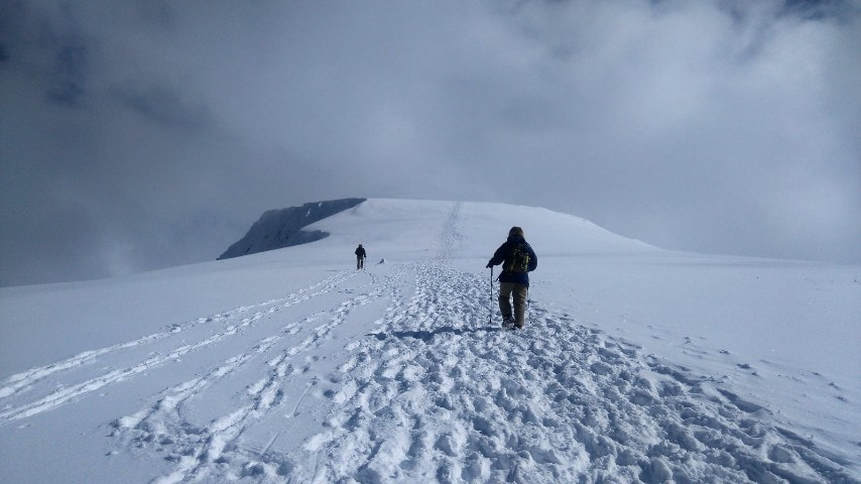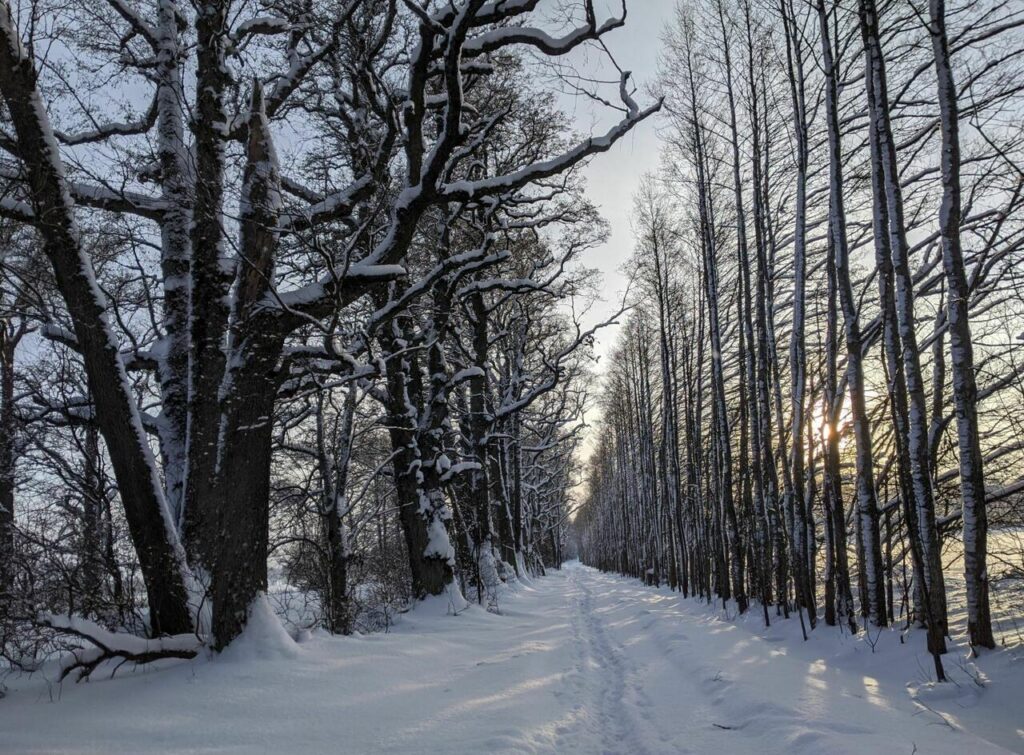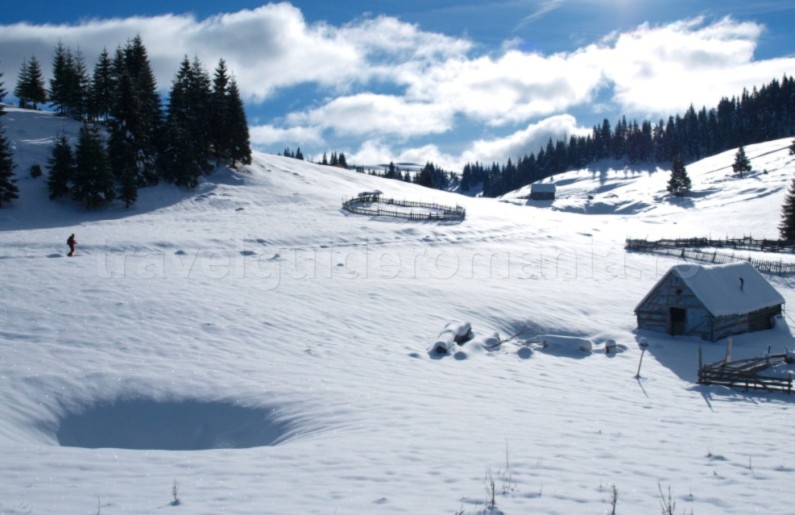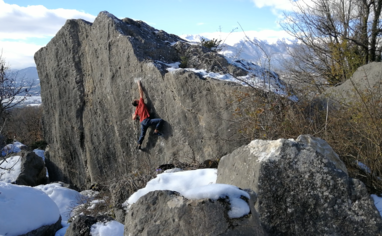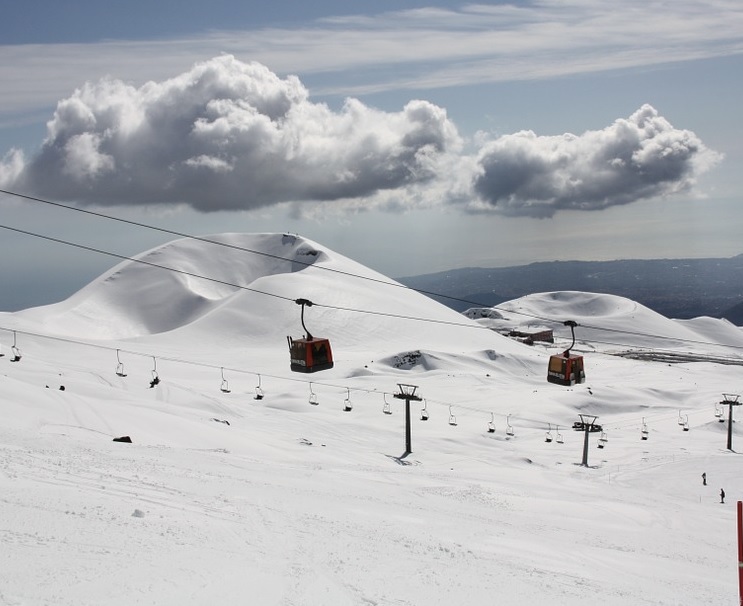Winter brings a unique charm to the outdoors, transforming forests, mountains, and valleys into breathtaking wonderlands. For hikers, this season offers a different kind of adventure—one that combines the beauty of snow-draped landscapes, crisp, invigorating air, and the tranquil silence of nature at rest. While many travelers retreat indoors during the colder months, those willing to brave the elements are rewarded with unparalleled scenery and a sense of serenity that’s hard to find during other seasons.
Winter hiking offers a fresh perspective on familiar trails, turning them into peaceful, snow-covered escapes far from the bustling crowds of summer. Imagine trekking through alpine forests blanketed in powdery snow, following frozen rivers, or climbing to the top of a peak to witness panoramic views of wintery expanses. Not only does winter hiking present a visual feast, but it also offers physical challenges—navigating snowy paths, dealing with the cold, and learning how to adapt to the unique conditions of each trail.
Whether you’re an experienced hiker seeking rugged mountain adventures or a casual walker looking for scenic, easy-going paths, there are winter trails around the world suited to every level. From North America’s majestic national parks to Europe’s snow-covered alpine paths and beyond, these destinations invite you to experience nature’s wintery transformation. In this blog, we’ll explore the best winter hiking trails that will take your breath away—literally and figuratively. Whether you’re chasing snow-capped peaks or tranquil frosted forests, these trails promise unforgettable cold-weather adventures that will make you fall in love with winter hiking.
As the tallest mountain in the United Kingdom, standing at 1,345 meters (4,413 feet), reaching the summit of Ben Nevis is a tough hike even in the best conditions. In the winter months, the challenge intensifies due to unpredictable weather, with strong winds, limited visibility, and snowstorms. These conditions make Ben Nevis an excellent place to hone your winter mountain climbing skills before tackling higher peaks—though we highly recommend hiking with an experienced mountain guide. There are several routes to the summit, with most hikers opting for the Mountain Track (also known as the Tourist Track) from Glen Nevis. This well-maintained path becomes steeper and rockier as you ascend. For those seeking a more difficult challenge, there’s the option to tackle the Càrn Mòr Dearg Arête, a rocky ridge that is especially tricky to navigate during winter. It’s crucial to consult your guide about whether you and your group have the necessary skills to safely attempt this route.
This trail takes you deep into the heart of Estonia’s Lahemaa National Park, one of the largest and most beautiful nature reserves in the country. As you wind through dense forests, you’ll feel a sense of serenity and isolation, especially in the quieter winter months. The trail leads you past the historic village of Tepelvälja, a place steeped in history where most of the farms were abandoned during the Soviet era, leaving behind a landscape of untamed fields and wild nature. The deserted farms and overgrown fields provide a hauntingly beautiful backdrop to your hike, particularly under a blanket of fresh snow.
What sets this trail apart is its unique storytelling element. Along the route, you’ll come across a series of charming storybook signs, each featuring a traditional Estonian folk tale that reflects the local landscape and culture. These tales, written in both Estonian and English, are inspired by the natural surroundings and historical sites you pass. For an even richer experience, each sign has a QR code you can scan to listen to the stories as you walk, adding an audio element to the magic of the journey.
The Pádis Plateau is nestled in the heart of Romania’s Apuseni Mountains. This karst plateau is blanketed in forests and Alpine pastures, but the real wonder lies beneath the surface—a network of ice caves, sinkholes, and underground rivers. While there are several marked trails in the area, we suggest a circular hike that highlights some of the region’s most captivating features.
Begin your journey in the quaint village of Glavoj. As you set off, you’ll traverse a meadow—likely hidden under a layer of snow in winter—surrounded by towering pine trees. Your first destination is Lumea Pierdută, or the ‘Lost World,’ a section of ancient forest filled with lush greenery and sinkholes that twist below the surface.
Continue along the route through Valea Seacă, a dry river canyon where you’ll need to navigate boulders and squeeze between narrow rock walls. Shortly after, you’ll arrive at the Fortress of Ponor, a cave with an impressive entrance that rises 200 meters (636 feet) high. To reach it, you’ll need to carefully descend slippery trails and cross a precarious wooden bridge.
This stunning circular hike is part of a 434-mile (700 km) network of trails in Italy’s Abruzzo National Park, where lush beech woodlands transition into Alpine meadows and towering granite peaks. Starting from the car park, you’ll follow a well-marked path through the beech forest, which opens up into Pagana Valley, where grassy slopes are scattered with boulders and flanked by steep limestone cliffs.
You’ll then ascend to Passo dei Monaci (1,967 m / 6,543 ft), a mountain pass situated beneath Monte Meta (2,241 m / 7,352 ft), before making your way down into a parallel valley towards the Campitelli Plateau. From this point, you’ll loop back through the woods to return to your starting location.
Monte Meta is a protected area that can only be accessed by guided groups during the summer months. It is home to various wildlife, including the Apennine chamois, Marsican brown bear, and wolves. While these animals are typically elusive, winter presents an excellent opportunity to track them; you might spot their tracks in the fresh snow along your hike.
Mount Etna, standing at 3,369 meters (11,053 feet), is a stratovolcano located on the island of Sicily and is recognized as one of the most active volcanoes in the world. As you hike up its dark, scorched slopes toward the summit, you’ll encounter bubbling lava craters and traverse ancient, solidified lava flows. The typical climbing season for Mount Etna runs from April to September, but visiting during the winter months reveals a quieter side of the mountain, featuring tranquil sunrises and less crowded trails.
To reach the summit in winter, you’ll need technical mountaineering skills, so it’s advisable to opt for one of the many lower-altitude hikes instead. One excellent choice is the Pista Altomontana, a trail that circumnavigates Mount Etna at an average altitude of 1,800 meters (5,905 feet). This route takes you across a landscape dotted with ancient volcanic cones and historic eruptive fractures, while also leading you through Mount Etna’s largest forest. If conditions allow, you may have the chance to explore the ‘Grotto of Raspberries,’ one of the longest underground lava tunnels on the volcano. This hike requires an overnight stay, as there are several staffed mountain refuges along the way, along with some rustic mountain bivouacs.

